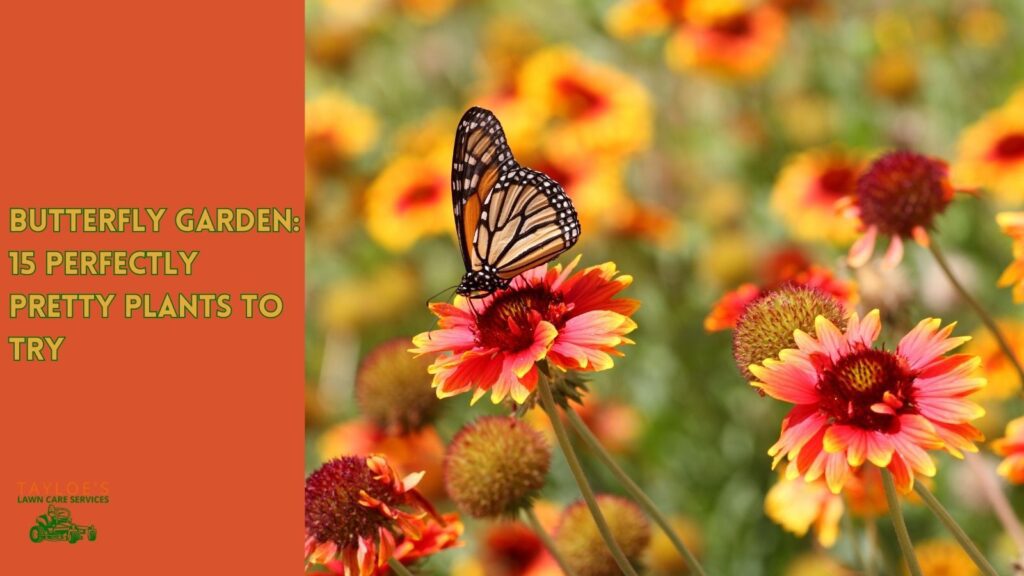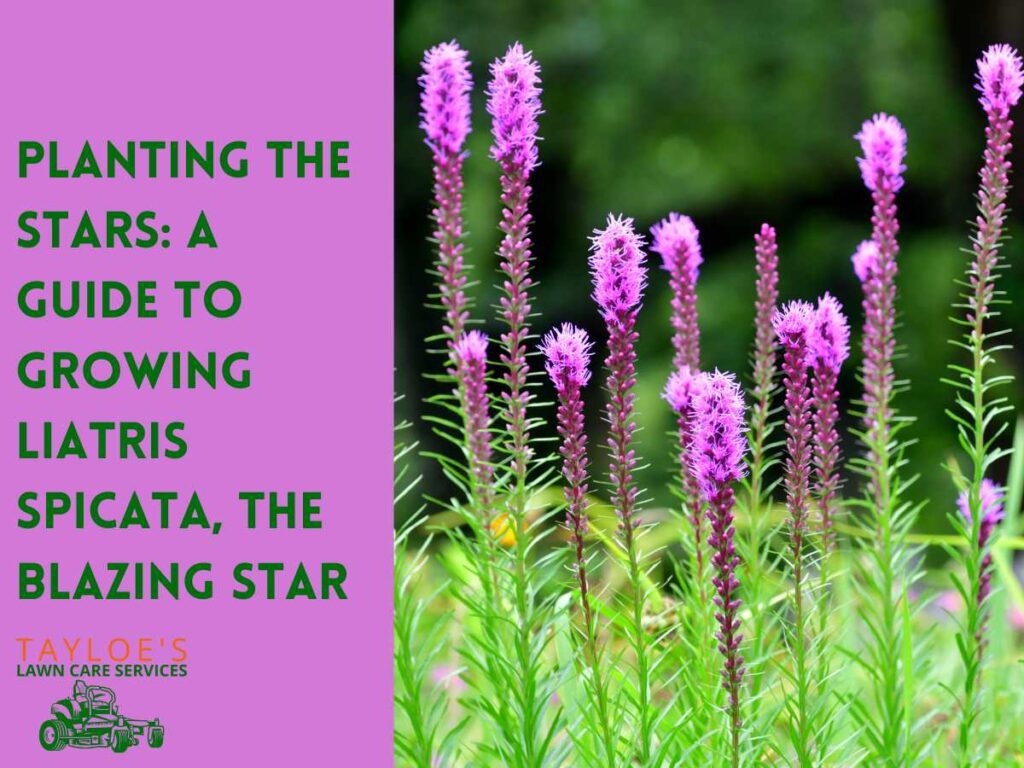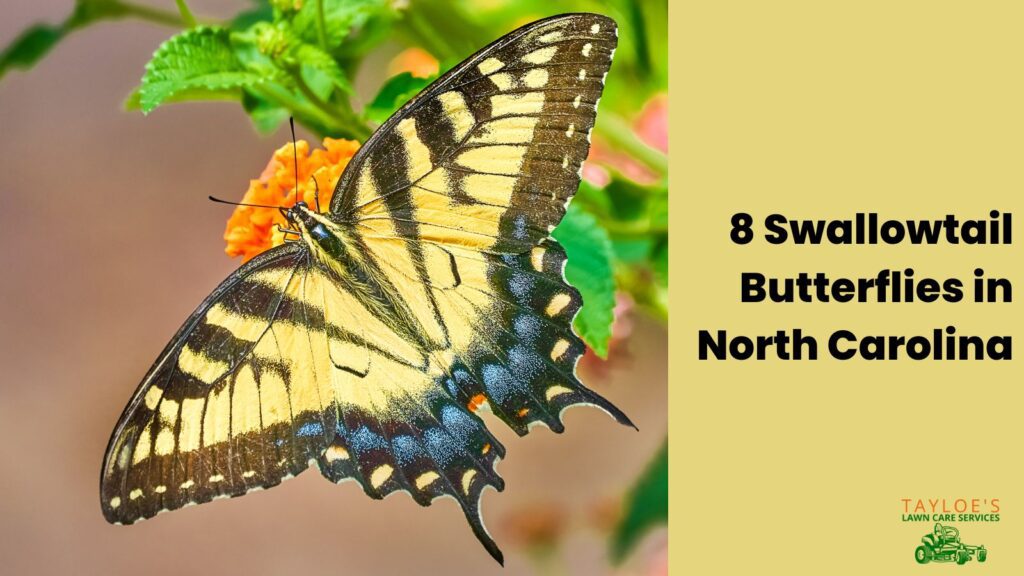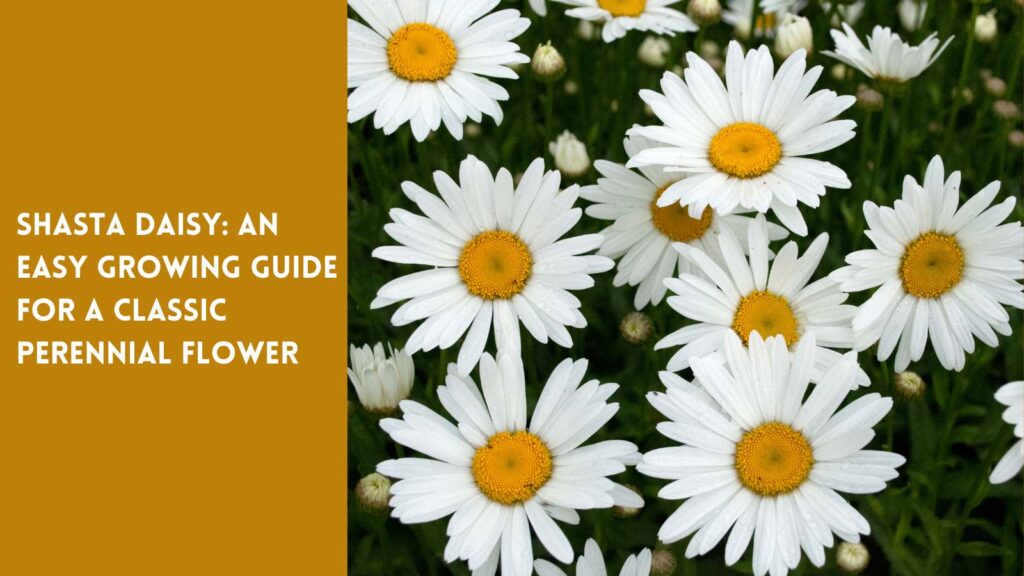Last Updated on: 14th March 2024, 05:24 am
Buddleja davidii is an easy-care shrub that adds so much lovely color and texture.
The butterfly bush is a stunning and fragrant perennial shrub. Gardeners around the moderate plant hardiness zones adore it for its ability to attract butterflies and other pollinators.
The butterfly bush, known scientifically as Buddleja (or Buddleia) davidii, belongs to the Scrophulariaceae family. There are over a hundred species within the Buddleja genus. But Buddleja davidii is the most common species cultivated in gardens. This species is native to central China and Tibet. But gardeners worldwide have adopted it, thanks to its ornamental value and wildlife appeal.
This article will examine the essentials of butterfly bush cultivation and its uses in the garden. We will also explore the beautiful characteristics that make it a popular choice for landscaping.
The Beauty of Butterfly Bush: Fragrance and Appearance.
Butterfly bushes are known for their captivating, cone-shaped flower panicles that bloom in shades of purple, pink, white, yellow, or red. Their sweet, honey-like fragrance is delightful and can be enjoyed even afar. The shrub’s arching branches have lovely, elongated, lance-shaped leaves that provide a lush backdrop for the vibrant flowers.

Foliage Appearance:
- Texture/Shape: The leaves of the Butterfly Bush are typically lanceolate or elongated, with a slightly serrated edge. They are often opposite, simple, and have an entire or toothed margin.
- Color: The color of the leaves can vary depending on the species and variety, but most commonly, they are soft gray-green or darker green. The undersides of the leaves are often paler or even silvery in some species.
Total Size:
- Height: Depending on the species and variety, the height of the Butterfly Bush can range from dwarf varieties that are just 2-3 feet tall to larger species that can grow up to twelve feet or even taller.
- Width: The Butterfly Bush can spread about four to fifteen feet wide. Of course, the total mature size depends on the specific type and growing conditions.
Flower Colors:
Buddleja species are known for their long, fragrant flower panicles ranging from a few inches to over a foot. The colors of the flowers can vary widely depending on the species and cultivars, including but not limited to:
- Lavender or lilac
- Purple
- White
- Pink
- Blue
- Red
- Yellow
It’s important to note that breeders have developed numerous cultivars over the years, expanding the range of flower colors and plant sizes. As a result, even more color variations and sizes may be available in nurseries and garden centers. Always consult with local sources for the most up-to-date and region-specific information on available Buddleja varieties.
Ideal Growing Conditions for the Butterfly Bush
- Soil: This lovely shrub prefers well-draining, loamy soil with a pH level between 6.0 and 7.0. It can tolerate many soil types, but good drainage is essential to prevent root rot.
- Light: Butterfly bush requires full sun, meaning at least six or eight hours of direct daily sunlight. This helps the plant produce its vibrant flowers and attract pollinators.
- USDA Planting Zones: Butterfly bush best suits USDA zones 5 to 9. It can withstand some frost. But it may die back to the ground in colder climates and regrow in the spring.

Planting Butterfly Bush
- When to plant: The best time to plant butterfly bush is in the spring, waiting until after the risk of frost has passed. This timing allows the plant ample time to establish itself before the next winter.
- Choosing a location: Select a site with total sun exposure and well-draining soil. Consider the plant’s mature size when choosing a location, as some varieties can reach up to twelve feet in height and width. Give them plenty of elbow room – they spread fast and need lots of space.
- Preparing the soil: Amend the soil with a healthy scoop of organic matter or compost if necessary, to improve drainage and provide nutrients.
- Planting: Dig the hole for your butterfly bush to about double the width of the plant’s root ball. Put the plant in the hole. Ensure the top of the root ball is leveled with the soil’s surface. Replace the soil into its hole, and gently firm it around the plant.
- Watering: Water the newly planted butterfly bush deeply, ensuring the soil is thoroughly moistened.
Maintenance of Buddleja davidii
- Pruning: Prune butterfly bush in the late winter or early spring, cutting back the previous year’s growth to about twelve inches above the ground. This pruning will encourage vigorous new growth and abundant flowering.
- Watering: Water butterfly bushes regularly, allowing the soil to dry out slightly between waterings. Take it easy; overwatering can often lead to root rot and other diseases.
- Fertilizing: Apply a balanced, slow-release fertilizer in the spring to support healthy growth and flowering.
Attract Beautiful Wildlife With This Stunning Perennial Shrub
Butterfly bushes are famous for wildlife gardens. That’s because their nectar-rich flowers attract pollinators, including butterflies, bees, and hummingbirds. Group planting can also be used as a focal point in mixed borders, foundation plantings, or a privacy screen.
Propagating the Butterfly Bush
Butterfly bush reproduces through seeds and vegetative propagation. When propagating by seed, start them indoors eight to ten weeks before the final expected frost date. Transplant the seedlings outdoors once they have grown at least three to four inches tall and the risk of frost has passed.
For vegetative propagation, you can take softwood or semi-hardwood cuttings from mature plants during late spring or early summer. Plant the cuttings you harvest in a well-draining soil mix and keep them in a sheltered, warm location until they develop roots. Once rooted, you may transplant them to their permanent location in the garden.

Final Thoughts: Give the Butterfly Bush a Try for Beautiful Color
The butterfly bush is a versatile, fragrant, and visually appealing perennial shrub that can enhance any garden with its vibrant blooms and ability to attract pollinators. By understanding its cultivation requirements and recognizing its uses in the garden, you can enjoy the many benefits of the butterfly bush.
Add this alluring plant to your garden, and experience the enchanting world of butterfly bush firsthand.
Need advice on having the best landscape in your life? Reach out to Tayloe’s Lawn Care Services. Call or text us at 252.287.3376 or message us on Facebook.
Author Profile

- Deborah Tayloe is the CEO and co-founder of Tayloe's Lawn Care Services, LLC. She has a B.S.Ed and holds certificates in soil and water management and herbology from accredited programs.
Latest entries
 GardeningSeptember 27, 2025What perennials, shrubs, and trees don’t like fall pruning (and why)?
GardeningSeptember 27, 2025What perennials, shrubs, and trees don’t like fall pruning (and why)? Trees and ShrubsSeptember 14, 2025Fall Shrub Pruning Guide (September–October)
Trees and ShrubsSeptember 14, 2025Fall Shrub Pruning Guide (September–October) Trees and ShrubsApril 22, 2025Boxwood Blight: Early identification and isolation
Trees and ShrubsApril 22, 2025Boxwood Blight: Early identification and isolation Flower GardenApril 8, 2025John F. Kennedy Rose: Hybrid tea rose with elegant white blooms
Flower GardenApril 8, 2025John F. Kennedy Rose: Hybrid tea rose with elegant white blooms






